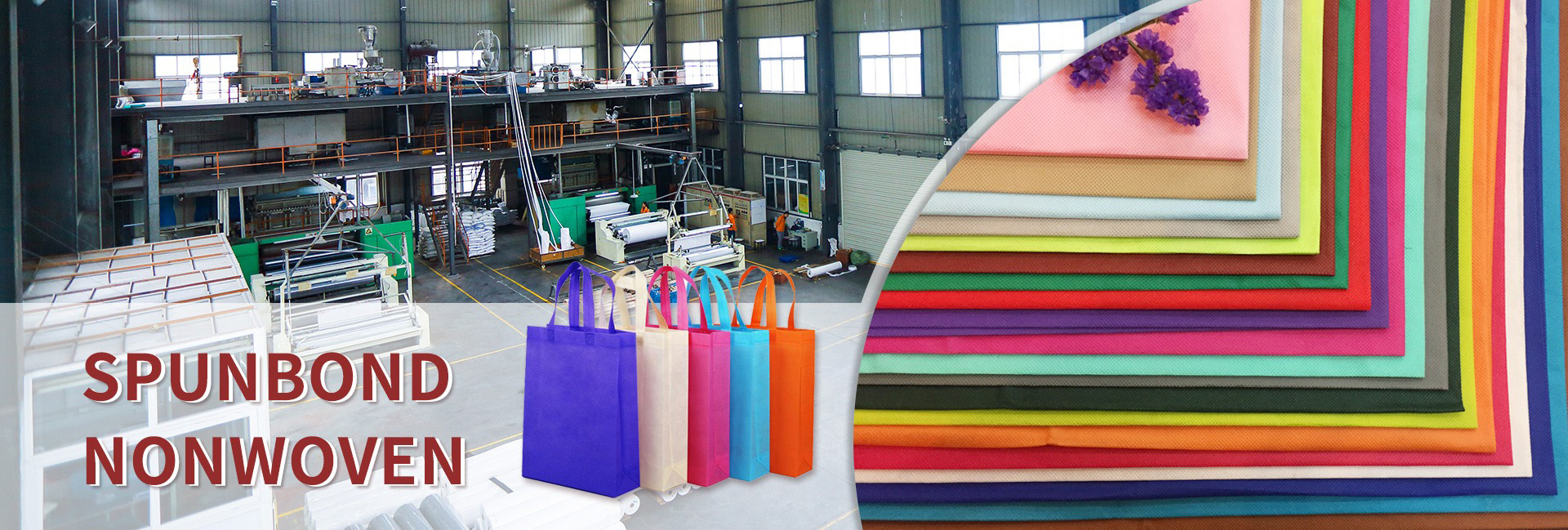Polyester non-woven fabric is a non-woven material made from polyester fibers through thermal bonding, chemical bonding, or mechanical reinforcement. It has the characteristics of being lightweight, soft, breathable, waterproof, moisture-proof, wear-resistant, and corrosion-resistant, and is widely used in medical, health, agriculture, construction, home and other fields.
So, is polyester non-woven fabric suitable as a cover for underfloor heating blankets? This article will analyze the characteristics of polyester non-woven fabric, the demand for floor heating blankets, and the compatibility between the two.
Characteristics of polyester non-woven fabric
1. Lightweight and soft
Polyester non-woven fabric is lightweight, soft in texture, comfortable to the touch, and suitable for direct contact with the skin. This characteristic makes it an ideal material for many household items.
2. Good breathability
Polyester non-woven fabric has good breathability, which can effectively regulate air circulation and prevent moisture accumulation. This is very important for underfloor heating blanket coverings, as underfloor heating blankets generate heat during use, and good breathability can prevent overheating or stuffiness.
3. Waterproof and moisture-proof
Polyester non-woven fabric has certain waterproof properties and can effectively prevent liquid penetration. At the same time, its moisture resistance is also good, which can prevent moisture from damaging the underfloor heating system when using the underfloor heating blanket.
4. Wear resistant and corrosion-resistant
Polyester non-woven fabric has high wear resistance and corrosion resistance, and can withstand certain friction and chemical erosion. This makes it have good durability in the long-term use of underfloor heating blanket covers.
5. Environmentally friendly and recyclable
Polyester non-woven fabric is an environmentally friendly material that can be recycled and reused to reduce environmental pollution. This is an important advantage for modern home design that pursues sustainable development.
The demand for underfloor heating blankets
Floor heating blanket is a heating device that generates heat through electric heating wires or carbon fiber, usually laid under the floor or carpet to provide uniform indoor heating. The covering of the underfloor heating blanket needs to meet the following requirements:
1. Good thermal conductivity
The covering of the underfloor heating blanket needs to have good thermal conductivity to ensure that heat can be quickly transferred to the indoor space and improve heating efficiency.
2. Heat resistance
Floor heating blankets generate high temperatures during operation, so the covering needs to have a certain degree of heat resistance to prevent deformation or damage due to high temperatures.
3. Breathability
The underfloor heating blanket generates heat and moisture during use, and the covering needs to have good breathability to avoid heat accumulation and moisture damage to the underfloor heating system.
4. Comfort
The covering of the underfloor heating blanket needs to have a comfortable touch, suitable for direct contact with the skin, and provide some cushioning and support.
5. Durability
The covering of the underfloor heating blanket needs to have high wear resistance and corrosion resistance to withstand friction and chemical erosion during long-term use.
Adaptability of polyester non-woven fabric as a floor heating blanket covering
1. Thermal conductivity
The thermal conductivity of polyester non-woven fabric is relatively low, which may affect the heating efficiency of underfloor heating blankets. However, this deficiency can be compensated for by selecting thinner polyester non-woven fabrics or combining them with other materials with better thermal conductivity.
2. Heat resistance
Polyester non-woven fabric may undergo some degree of deformation at high temperatures, but its heat resistance can usually meet the needs of floor heating blankets. Choosing high-temperature stable polyester non-woven fabric or subjecting it to heat-resistant treatment can further improve its heat resistance.
3. Breathability
Polyester non-woven fabric has good breathability, which can effectively regulate air circulation and prevent heat and moisture accumulation. This is an important advantage for the coverage of underfloor heating blankets.
4. Comfort
Polyester non-woven fabric has a soft texture and comfortable touch, suitable for direct contact with the skin. At the same time, it can provide some cushioning and support, increasing the comfort of the underfloor heating blanket.
5. Durability
Polyester non-woven fabric has high wear resistance and corrosion resistance, and can withstand friction and chemical erosion during long-term use. This makes it have good durability in the long-term use of underfloor heating blanket covers.
6. Environmental friendliness
Polyester non-woven fabric is an environmentally friendly material that can be recycled and reused to reduce environmental pollution. This is an important advantage for modern home design that pursues sustainable development.
Conclusion
In summary, polyester non-woven fabric, as a lightweight, soft, breathable, waterproof, wear-resistant, and corrosion-resistant environmentally friendly material, has the potential to be used as a floor heating blanket cover. Although its thermal conductivity is relatively low, this deficiency can be effectively compensated for by selecting thinner polyester non-woven fabrics or combining them with other materials with better thermal conductivity. Meanwhile, the heat resistance, breathability, comfort, and durability of polyester non-woven fabric enable it to meet the needs of underfloor heating blanket coverings. Therefore, polyester non-woven fabric is a material suitable for use as a floor heating blanket cover.
Dongguan Liansheng Non woven Technology Co., Ltd. was established in May 2020. It is a large-scale non-woven fabric production enterprise integrating research and development, production, and sales. It can produce various colors of PP spunbond non-woven fabrics with a width of less than 3.2 meters from 9 grams to 300 grams.
Post time: Nov-08-2025

